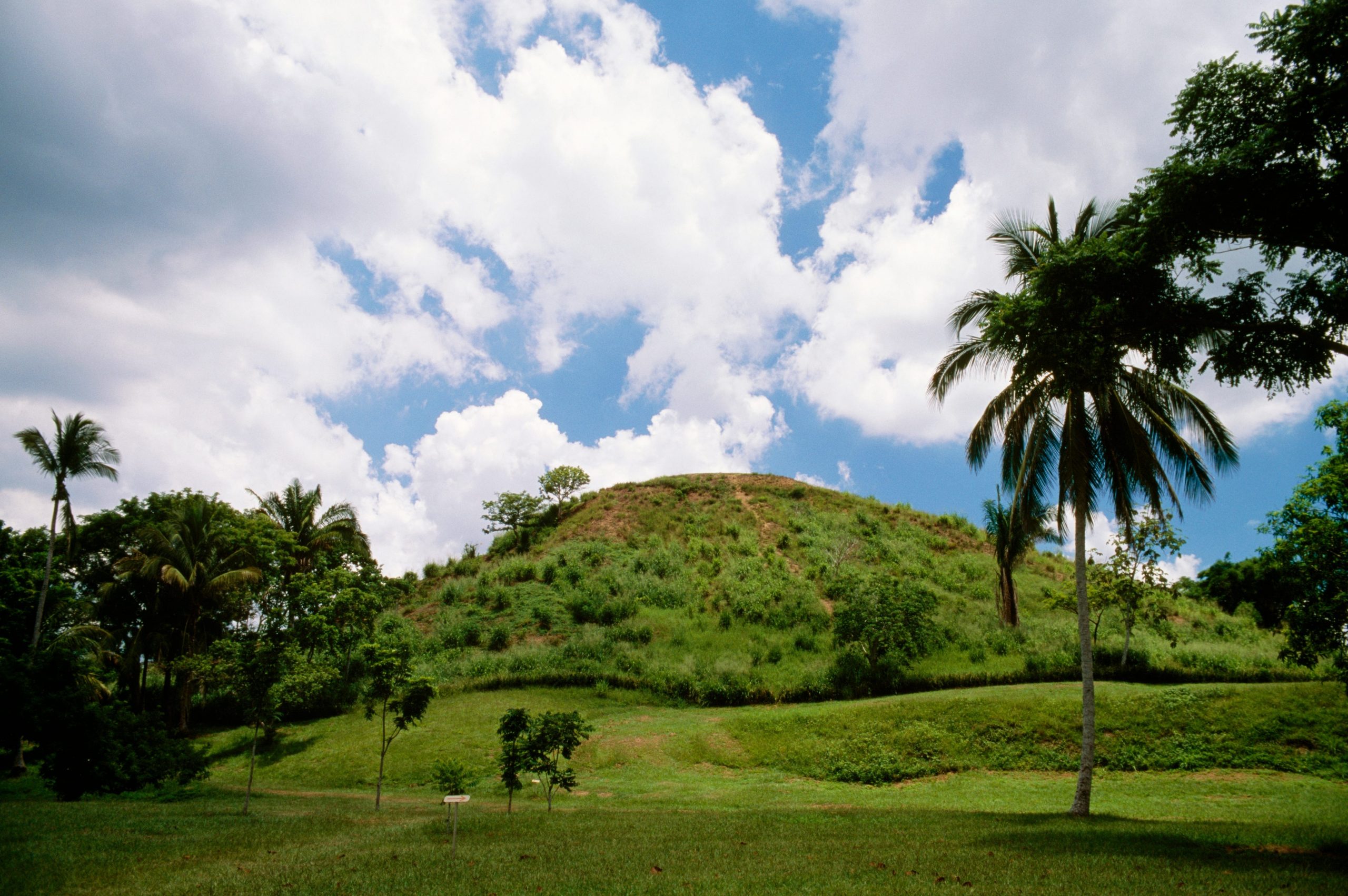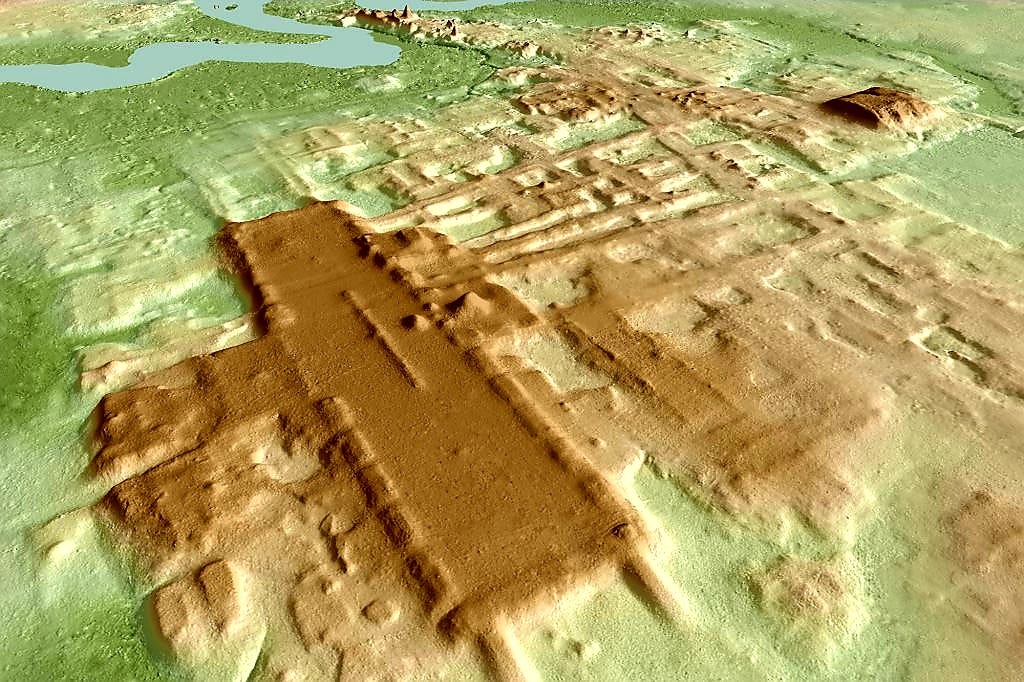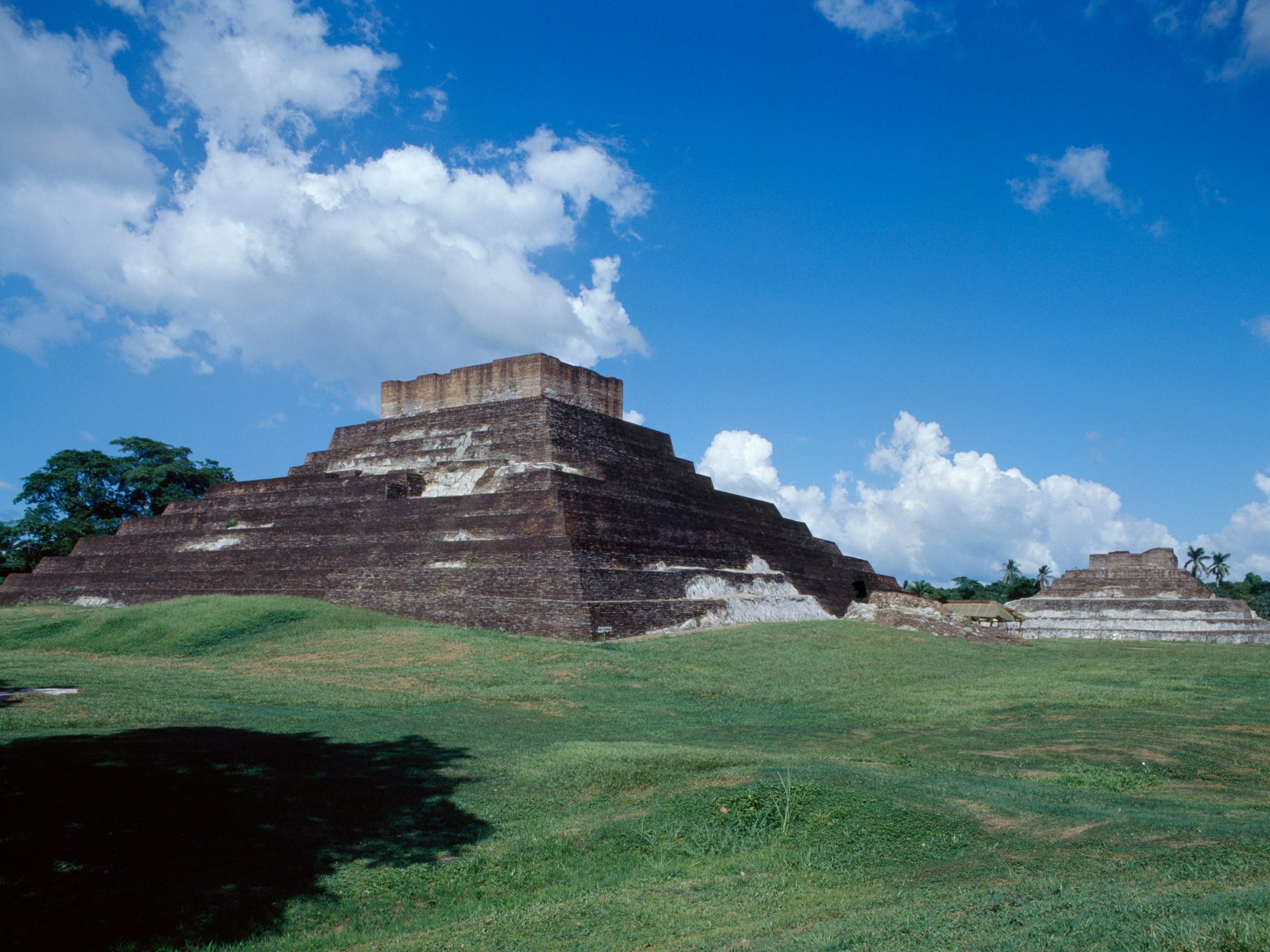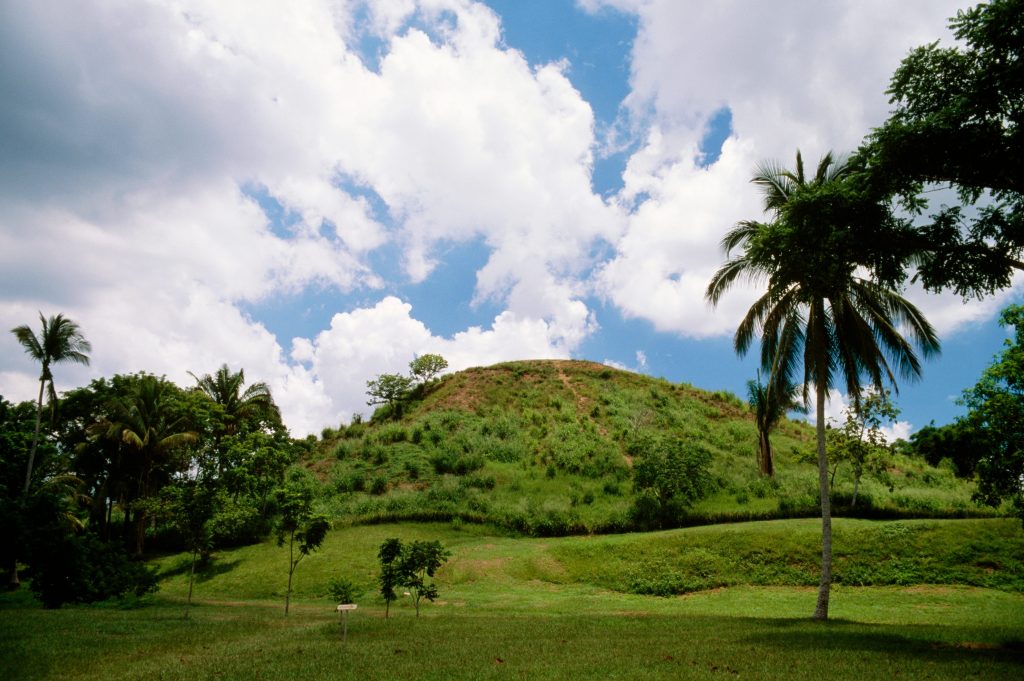
DeAgostini/Getty
- Archaeologists discovered 478 Mesoamerican monuments hidden in the jungles of southeastern Mexico.
- They located the ruins by analyzing 3D mapping data collected from the air using lasers.
- These sites shed light on the development of the Olmec and Maya civilizations.
Several millennia ago, the Olmec and Maya civilizations flourished in what are now Mexico and Guatemala. They built massive stone pyramids and elevated rectangular plazas for rituals and ceremonies, but over time many these sites were lost to the jungle, subsumed under dense vegetation.
But over the last few years, archaeologists have started leveraging a new technology to find these hidden, Mesoamerican ruins: LIDAR, a system that can generate three-dimensional maps by bouncing lasers between a scanner in the air and the Earth below.
LIDAR, which stands for light detection and ranging, can reveal how close or far away the ground is from the scanner, which in turn helps reveal discrepancies in the landscape.
In a study published Monday, researchers describe how they used this kind of laser mapping data to uncover nearly 500 Mesoamerican sites between about 2,000 and 3,000 years old.
The sites are spread across a 32,800-square-mile area in the Mexican states of Tabasco and Vera Cruz, and they may shed light on how the Olmecs and Maya coexisted and shared ideas.
"It was unthinkable to study an area this large until a few years ago," Takeshi Inomata, an anthropologist with the University of Arizona who co-authored the study, said in a press release.
Inomata and her collaborators say theirs is the most extensive archaeological study ever done of Mesoamerica using LIDAR.
Hiding under the tree canopy

Alfonsobouchot/Wikimedia Commons
LIDAR technology is typically used to map the ocean floor, but Inomata's team had already found that it can pay archaeological dividends. Last year, they used LIDAR to discover a Mayan site called Aguada Fénix in Tabasco, which dates back at least 2,800 years. It's the oldest and largest Mayan ceremonial complex ever found, and contains a 50-foot-high rectangular plateau that's nearly a mile long.
Hoping to repeat that success, the researchers examined publicly available LIDAR data collected by the Mexican government between 2017 and 2019, which focused on a jungle area in the southeastern part of the country near the Guatemalan border.
The 3D-mapping revealed 478 separate sites hidden under the tree canopy. The team visited many of the places of foot to confirm the discoveries, since the closest LIDAR can zoom is at a scale of 16 feet. Typically, archaeologists prefer to zoom in five times closer than that - to a scale of about 3 feet.
The monuments can be categorized into five distinct groups based on their architecture and layout, the study suggested. An elevated rectangular structure, like Aguada Fénix, was one type, while another was a conical building with a platform built to the east.
The types likely correspond to different eras of the Olmec and Maya civilizations.
Were these sister cultures, or did one birth the other?

DeAgostini/Getty
Archaeologists disagree as to whether the Olmecs and Maya existed separately in time and geography, as sister cultures, or whether the former birthed the latter.
But the new findings could help clarify the two civilizations' relationship.
The Mayans' heyday happened between about 250 and 950 CE, but that's at least 650 years after the construction date of the youngest of the 478 sites that Inomata's team discovered. This suggests groups who preceded the Maya built those structures.
The LIDAR data also revealed that one Olmec site, known as San Lorenzo, had a large rectangular plaza similar to the one in Aguada Fénix. Both of those platforms aligned with sunrise on certain dates, too. So to Inomata, that suggests San Lorenzo was an inspiration for the Mayan site, as well as others like it in the region.
"This tells us that San Lorenzo is very important for the beginning of some of these ideas that were later used by the Maya," he said.
